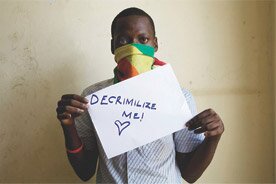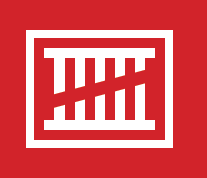The problem
Social, political, and legal and barriers are preventing people who are at higher risk of HIV from accessing HIV prevention services and programmes.
The solution
‘What’s Preventing Prevention?’ is calling on governments and donors to address all barriers that impede those at higher risk of HIV from accessing prevention programmes and services and fulfil their human rights.
The reality

Often communities who are at higher risk of HIV never get the chance to access available HIV prevention services and programmes because they are stigmatised and discriminated against. In many countries this includes people who inject drugs, sex workers and men who have sex with men.
Certain sexual practices, gender identity and drug use can carry a heavy social burden. HIV activists supporting stigmatised populations are often harassed and intimidated by local communities for carrying out prevention activities.
On many occasions it is governments who commit human rights violations against groups or individuals, increasing their vulnerability to HIV through repressive legislation, policy and practice that distances people from services and undermines their ability to practice safe sex and safe drug use.
HIV prevention and treatment approaches need to be rights-based. People’s ability to negotiate reduced risks of HIV transmission and increased access to testing, treatment and care are heavily impacted by issues such as discrimination, violence, and a lack of protective laws.
When people are free from discrimination and the threat of violence, and have access to supportive law enforcement and access to justice they are far more able to avoid HIV.

